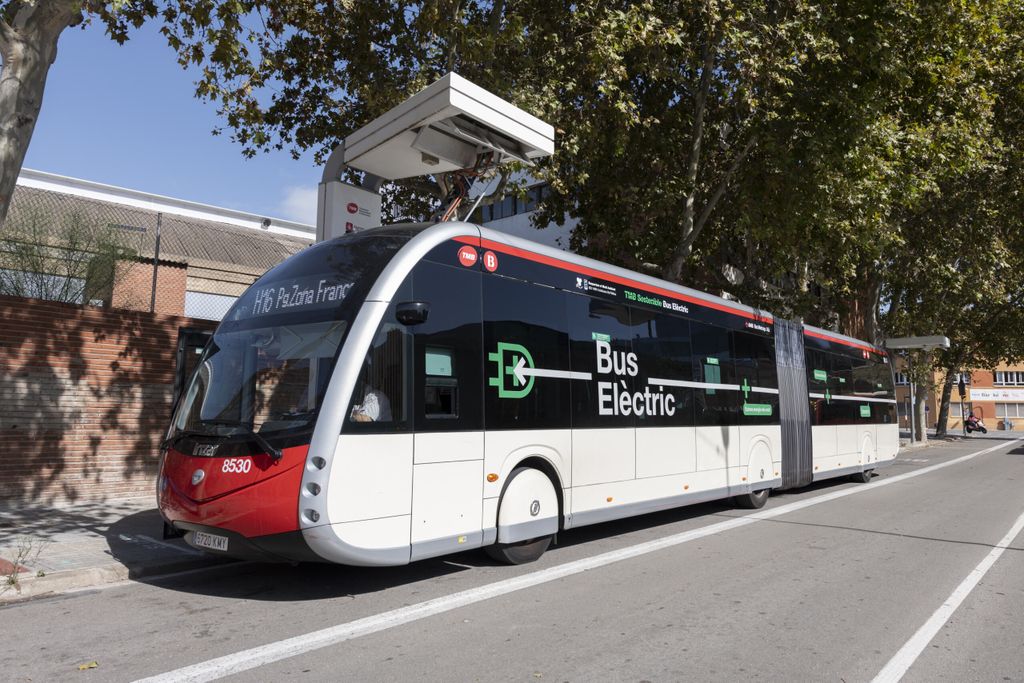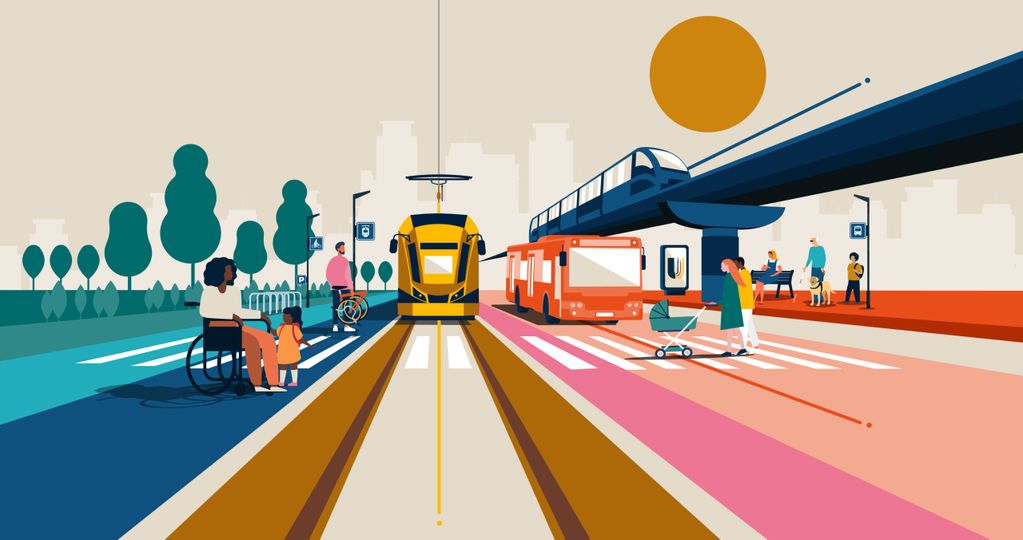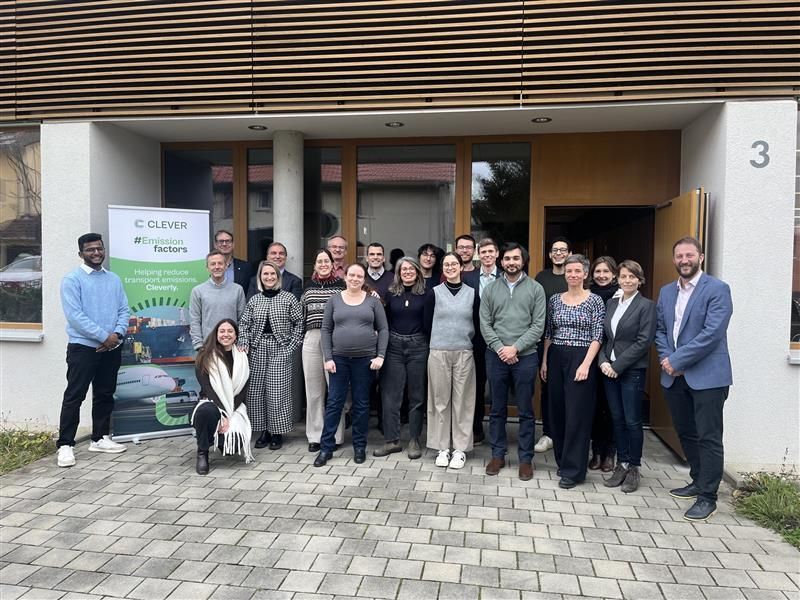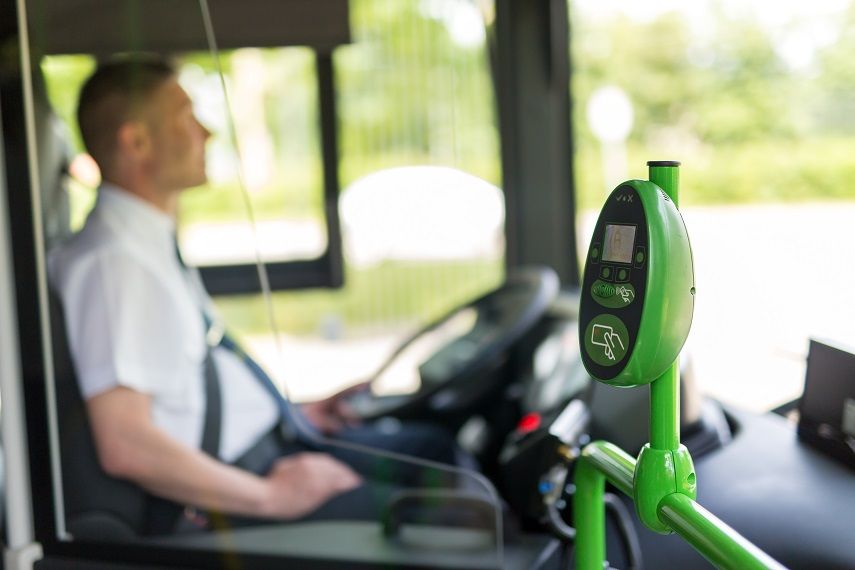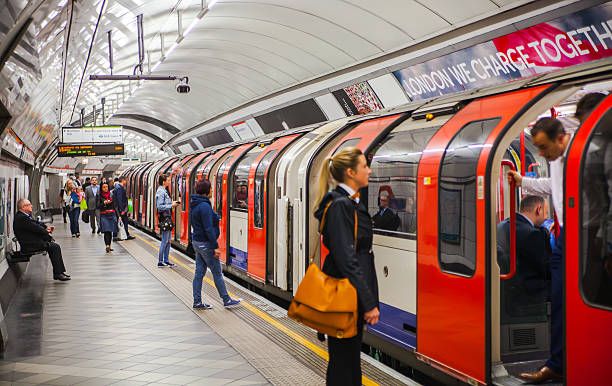

Blog: Improving Public Transportation with Data in the Age of Privacy Concerns
Mobility companies must be smart about managing data to protect customers’ privacy
As transportation challenges grow due to overloaded transit infrastructure and burgeoning traffic congestion, public transport authorities and operators (PTAs/PTOs) can become more demand-responsive, efficient, and rider-centric by partnering with mobility technology companies.
These partnerships help eliminate transit deserts, create first- and last-mile connections to transportation hubs, replace underutilised and inefficient bus routes, and provide convenient paratransit — all while improving the environment by getting people out of private cars and away from single-occupancy vehicle trips.
As the Chief Data Scientist at the world’s leading microtransit company, I know first-hand that such partnerships also generate a treasure trove of data, giving transit authorities and operators a completely new vantage point into their customers’ actions and specific needs. This data can help PTAs/PTOs make major improvements to their overall transit system, understanding where to shift resources to better serve riders, where to put a protected bike lane, or what low-income neighbourhoods should have the most affordable public transit.
At the same time, in an era of in-home devices that listen to your every word, and apps that trade your right to privacy for the chance to see what you will look like when you are 75, every modern organisation struggles with questions around data sharing and management — and PTAs/PTOs that work with private mobility companies must understand how their partners address these concerns. Not every mobility technology company has always taken a collaborative approach to sharing rider data with cities and transit operators. But when PTAs/PTOs partner with companies that are willing to share robust data, it is important to work together to use data that effectively informs decisions while protecting privacy.
Best Practices for Anonymising Data
The first step to successfully fix transit gaps with a mobility technology partner comes at the very beginning of the contracting and agreements phase of the relationship. Specific policies around what types of data are shared are governed by the contract negotiated between the transport authority/operator and the mobility technology company.
Private companies that are willing to share data with PTAs/PTOs generally distribute what is called “mobility data”, or information about urban mobility patterns. This includes data points like stop/station locations; network pattern and description; timetable information; accessibility data; road traffic; pick up/drop off points; travel times and travel demand; and cruising/idling times.
Any customer profiling data must be anonymised and aggregated, and not tied to customers’ personal information. Even information like exact pickup/drop-off addresses must be anonymised; data that is too geographically precise can reveal specific customer movements through their transportation patterns over time. Even if someone’s name is not attached to their data, a specific address – especially in low-density areas – is often enough to identify someone.
Additionally, anonymising and/or aggregating data protects the PTA/PTO, too. In the U.S., for example, once the data passes from a private company to a public entity, the data becomes subject to the Freedom of Information Act, which means, theoretically, anyone could request it at any point and use it to expose a customer’s identity.
Just look at what happened to New York City’s taxi industry in 2014, where the city’s Taxi and Limousine Commission released data from 173 million individual taxi trips, requested through the Freedom of Information Law. The move inadvertently allowed people to easily yield highly personal data like drivers’ addresses, income, and even where major celebrities were travelling and how much they tipped.
This kind of snafu makes it critical for a mobility partner to strike a balance between providing helpful data and protecting a customer’s identity and right to privacy. In other words, companies should aim to share data that is highly accurate, but not so detailed that it violates customers’ privacy.
Yes, this means PTAs/PTOs may not be able to get the precise home address of a customer being picked up by a microtransit agency, but what they can request is the white labelled pickup point; how many microtransit vehicles went down a specific road each hour; how much time each vehicle spent with one, two or three passengers; average speed or idle time; etc. This information is all that is needed to work toward goals like reducing road congestion and emissions, or optimising transit routes, without opening up privacy concerns.
What to Look for in a Partner
Much like the PTA/PTO, a mobility technology partner that chooses to share data should be highly motivated to protect the privacy and personal data of customers. Mobility companies must have the necessary processes in place to ensure that confidential information is internally shared on a strictly need-to-know basis, and is protected from being shared with other clients, partners or any external parties. They also must comply with all applicable data protection laws in the geographies in which they operate, including a process for extracting and handing over customer data, and for deleting it.
Also key are appropriate encryption technologies to protect data stored on corporate and production servers, based on the sensitivity of the data elements in question.
PTAs/PTOs should ask any partner they select what its compliance, encryption and security processes are, so agencies can confirm they are within compliance as well, and give their own customers peace of mind that they are protected.
Using Mobility Data for Good
Transit and public agencies can use customer data from the mobility companies with which they partner to improve services in underserved areas and reduce environmental issues and congestion, but it is important to recognise that data can also be used for ill.
PTAs/PTOs should partner with companies that will share robust data to help inform important decisions, faithfully comply with regulations, and protect customer privacy. As the transportation landscape continues to evolve, finding a mobility partner that is actually willing to share data to improve public transit is just as important as finding one that is serious about data security.
exclusive resources

